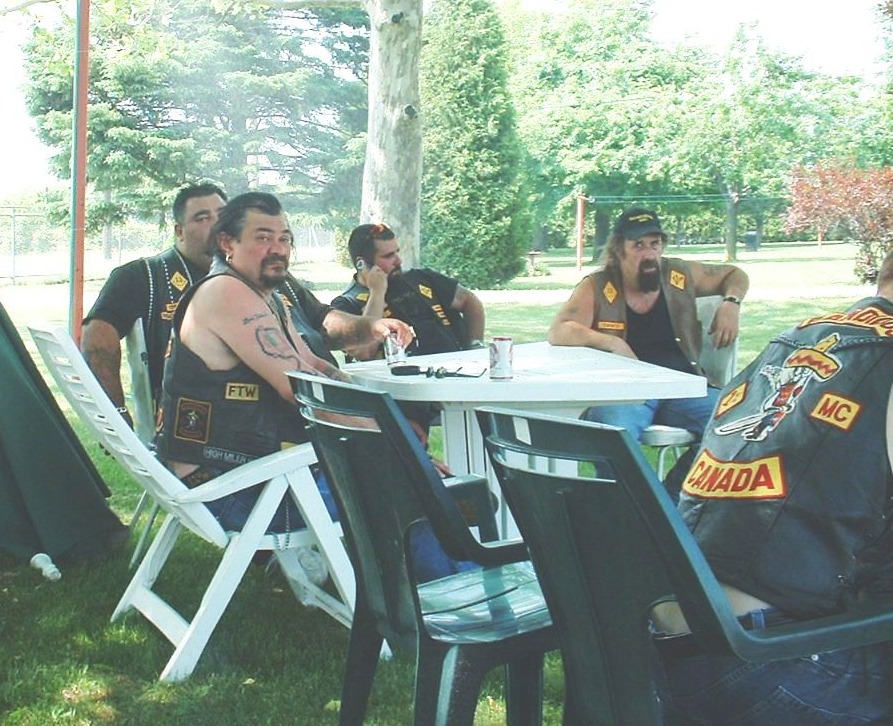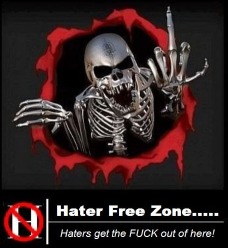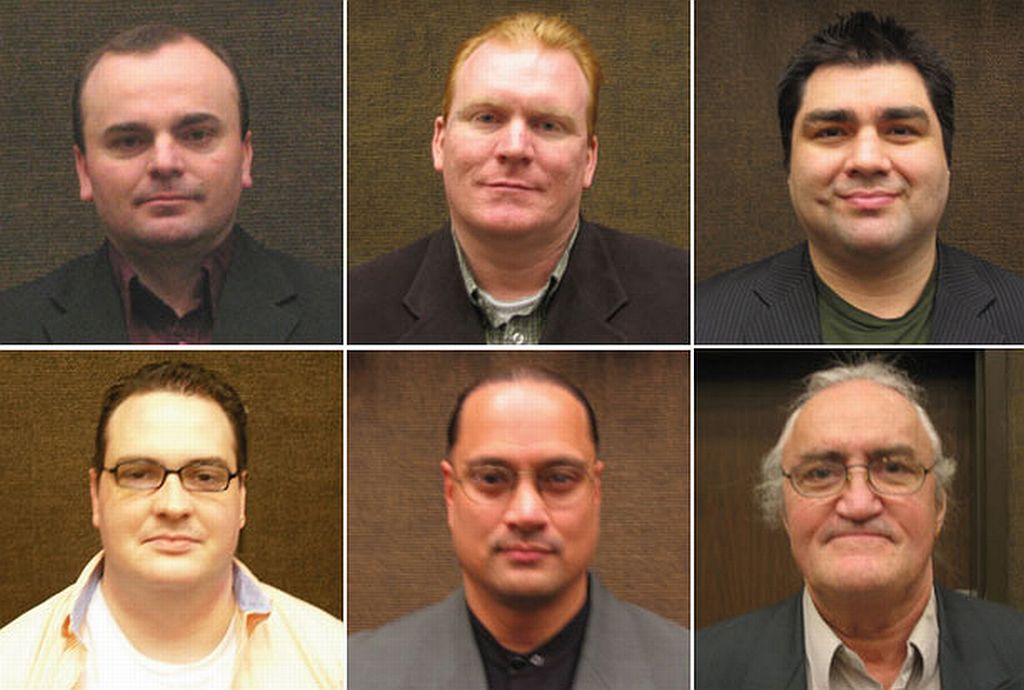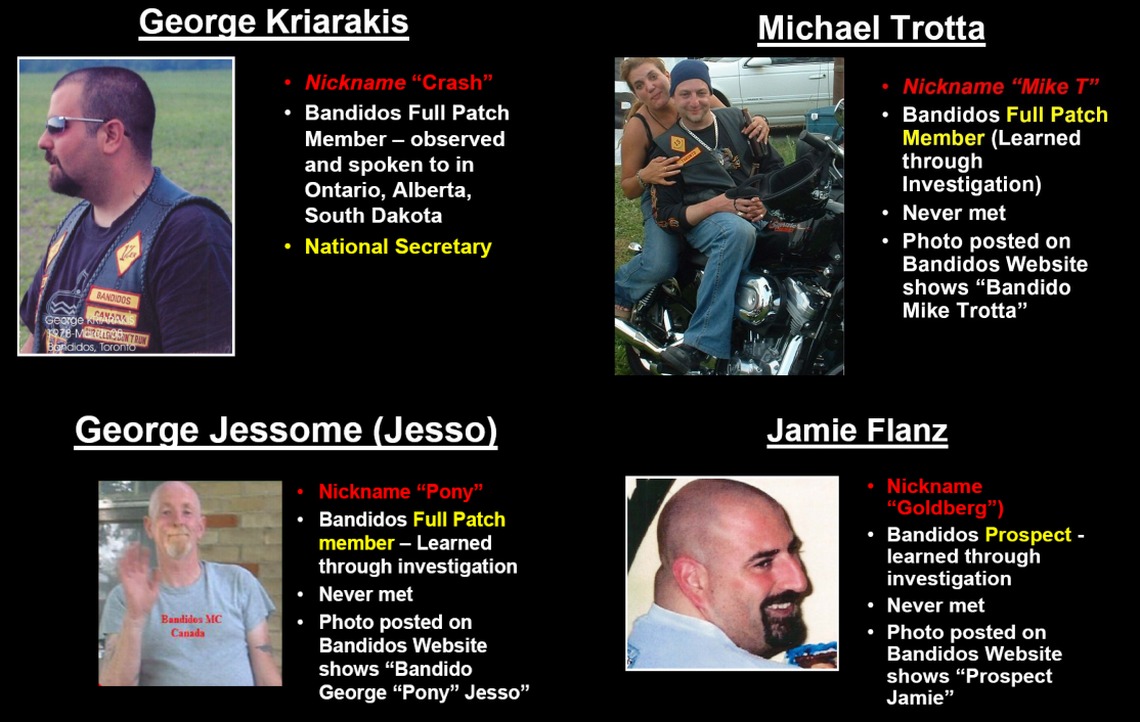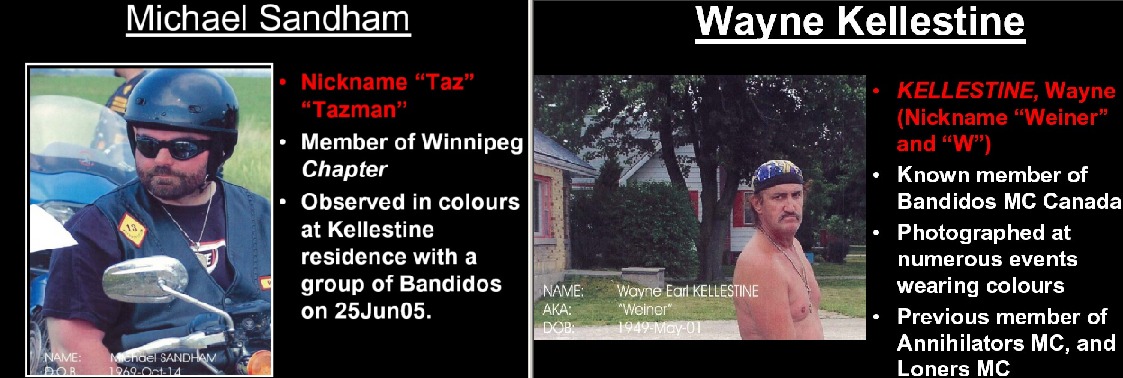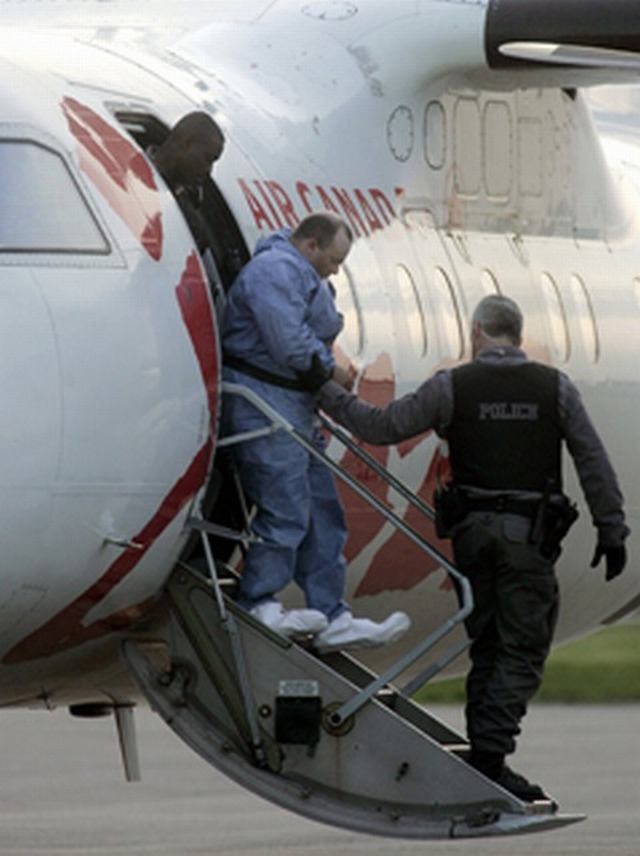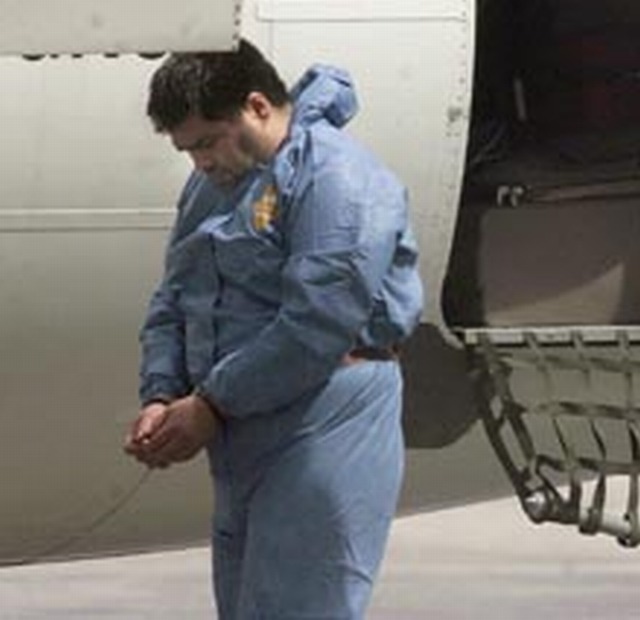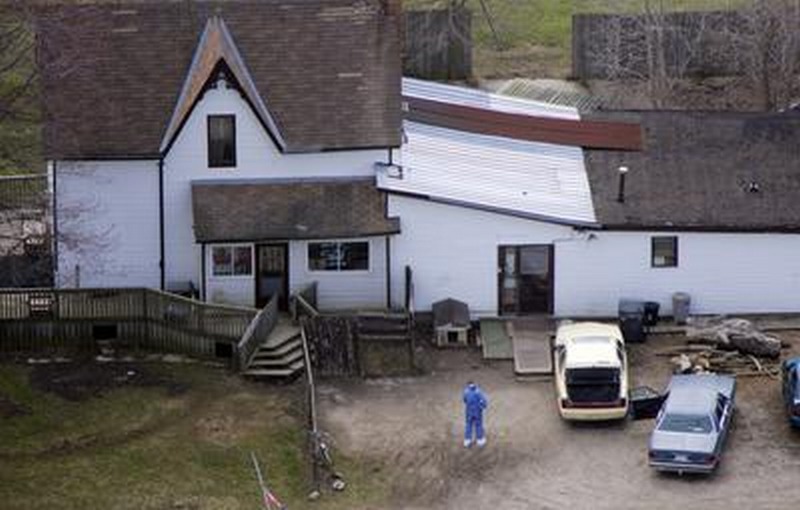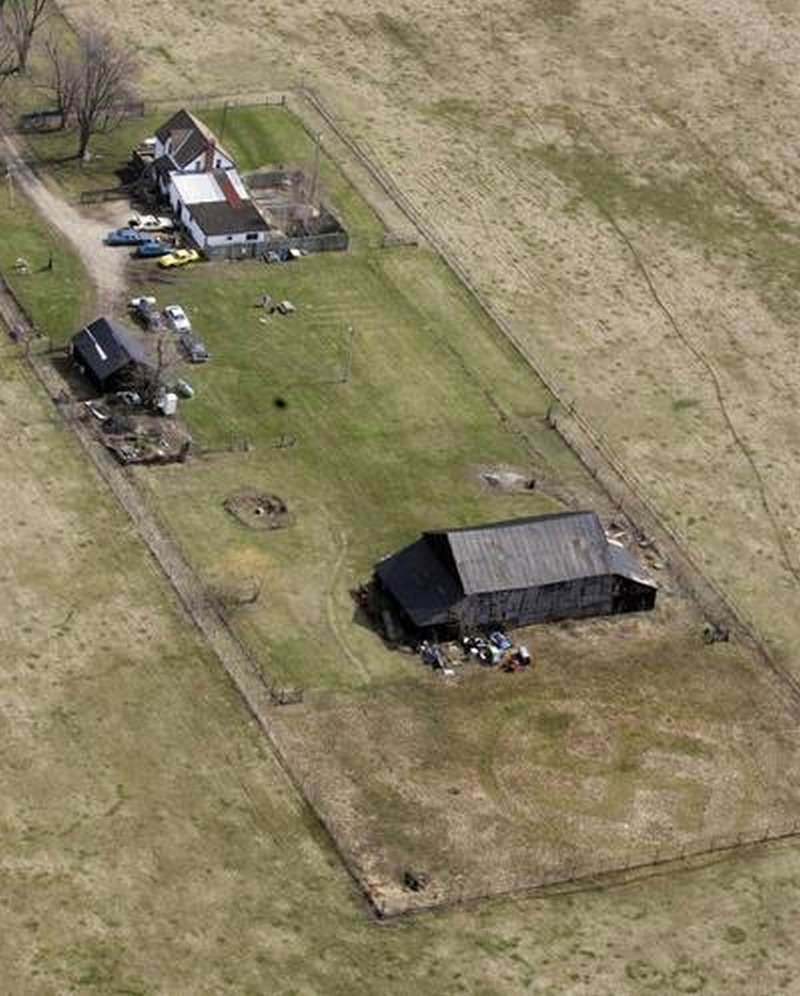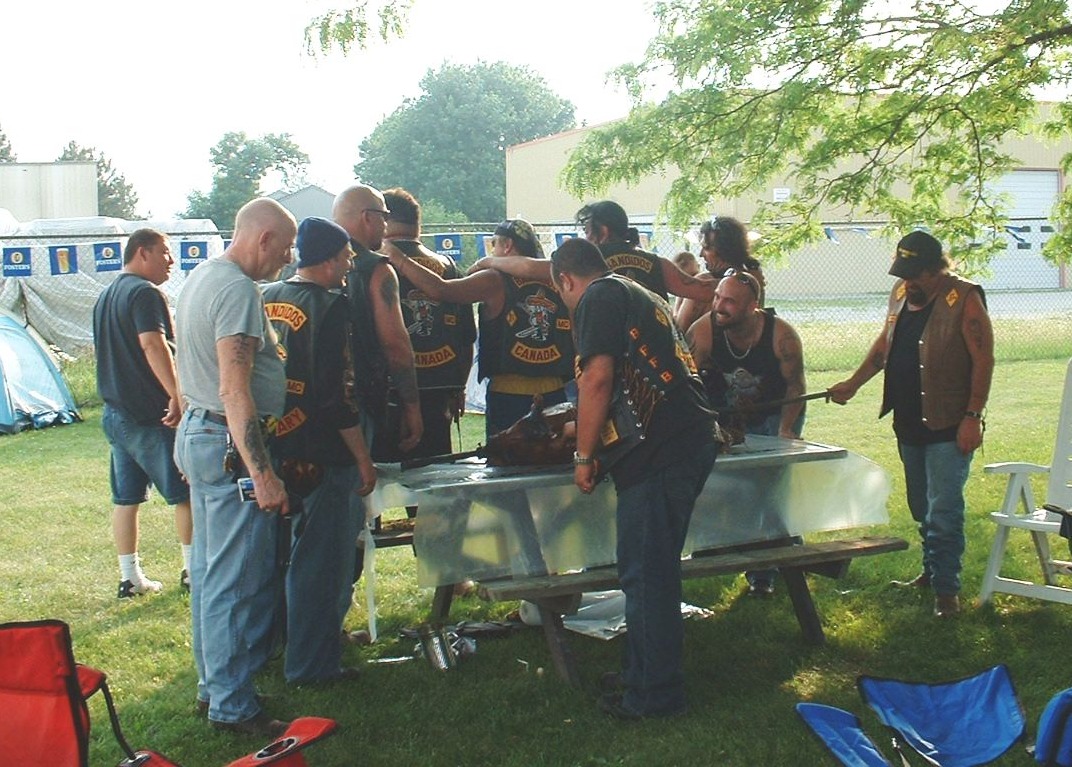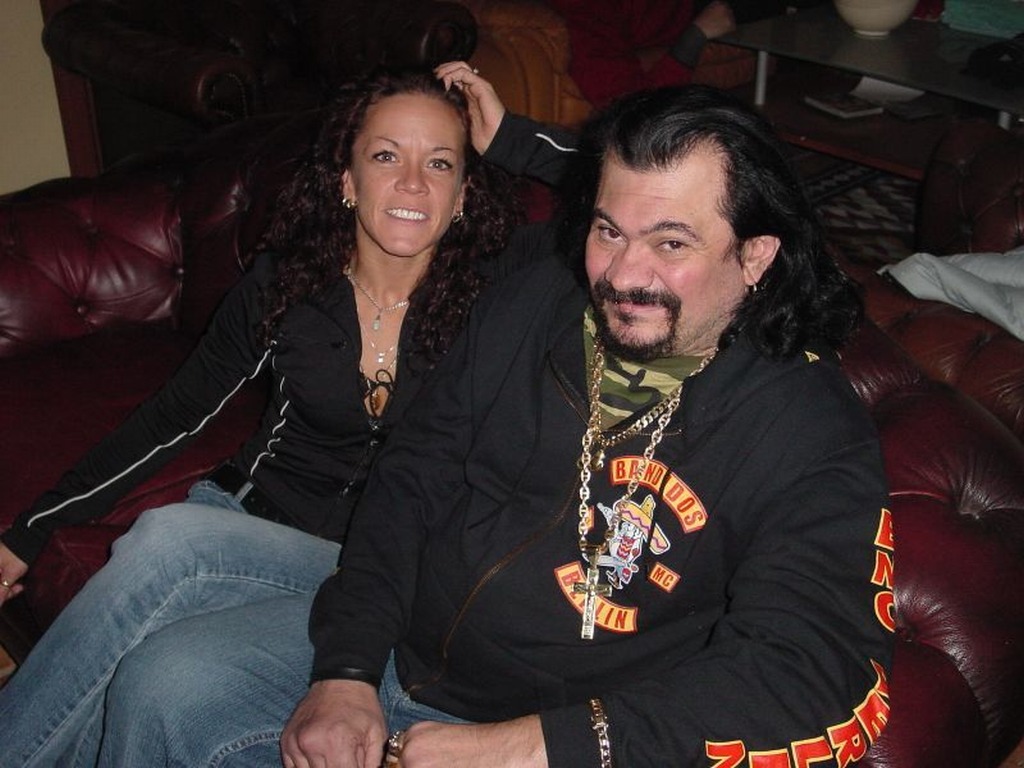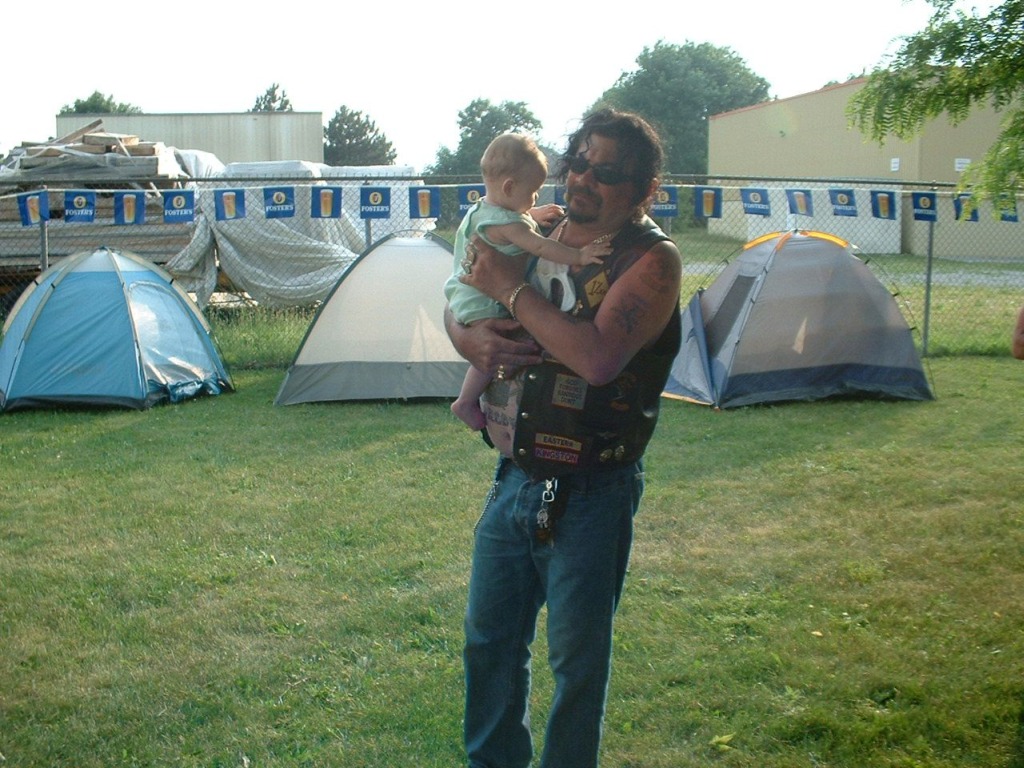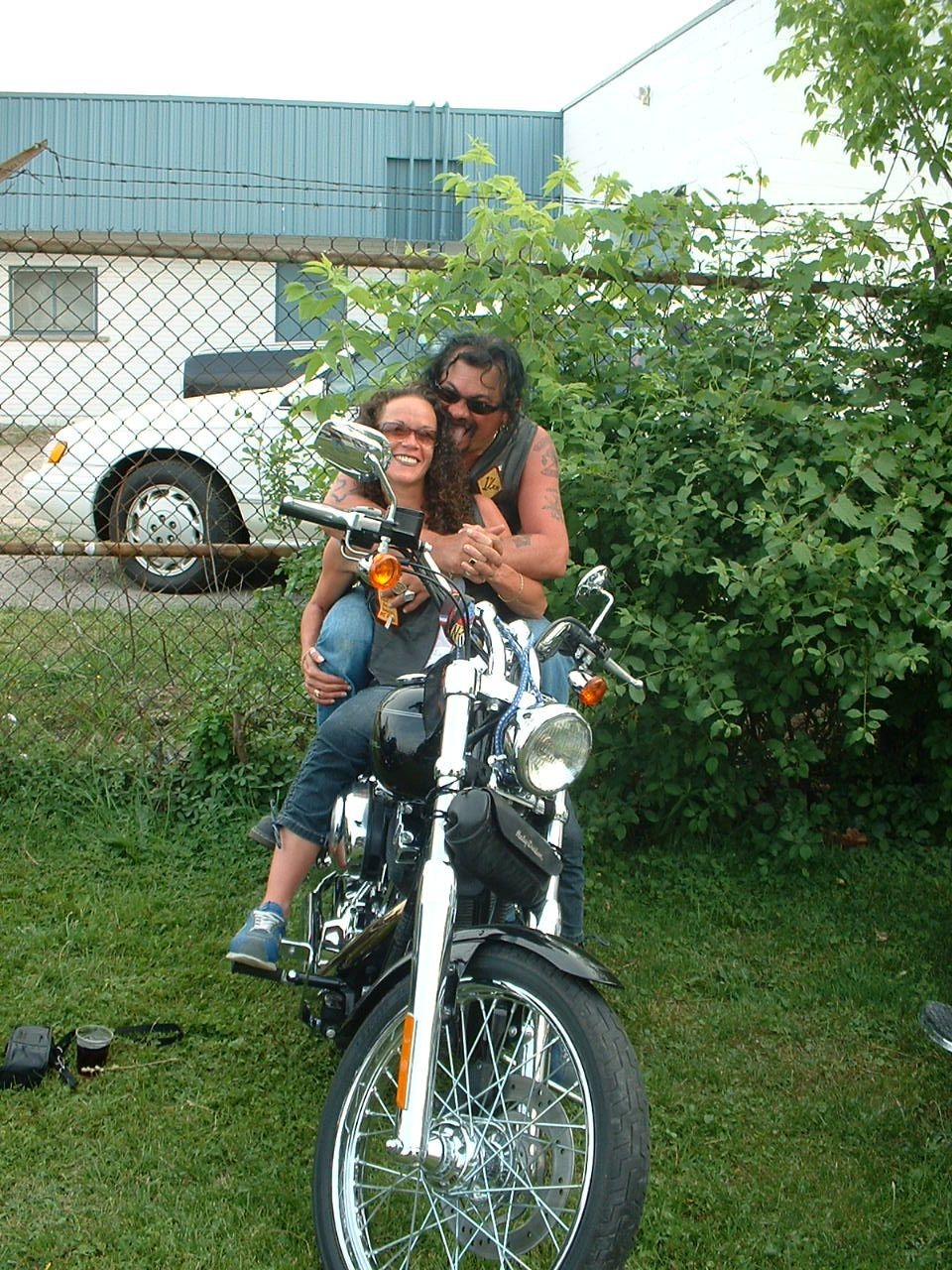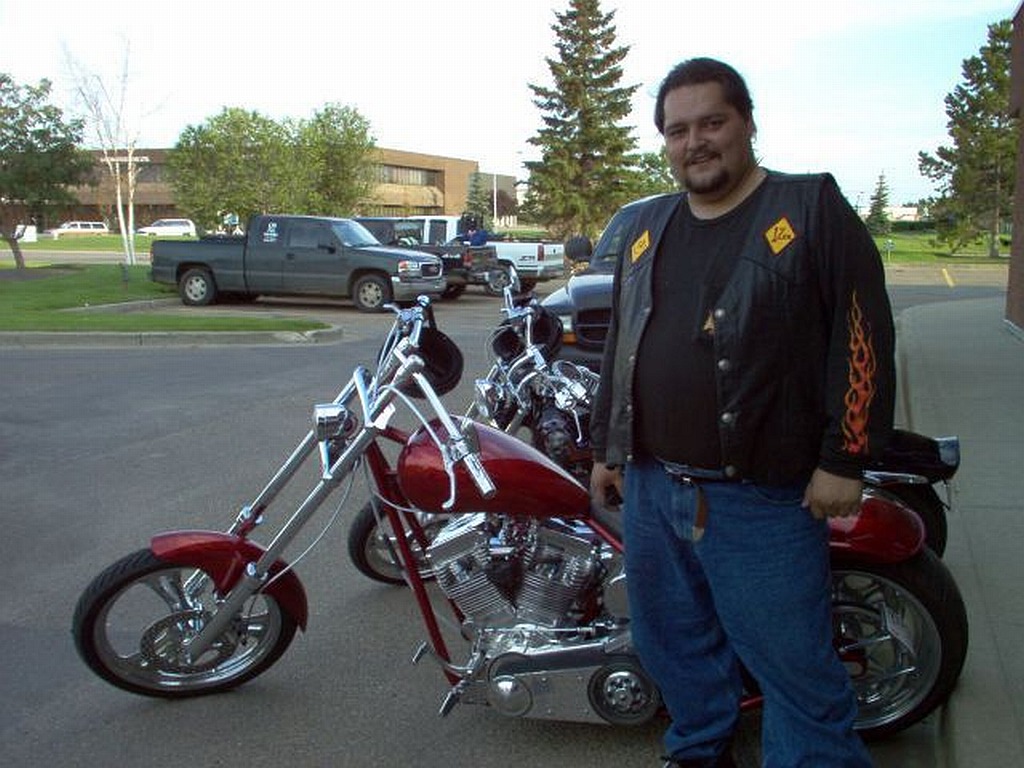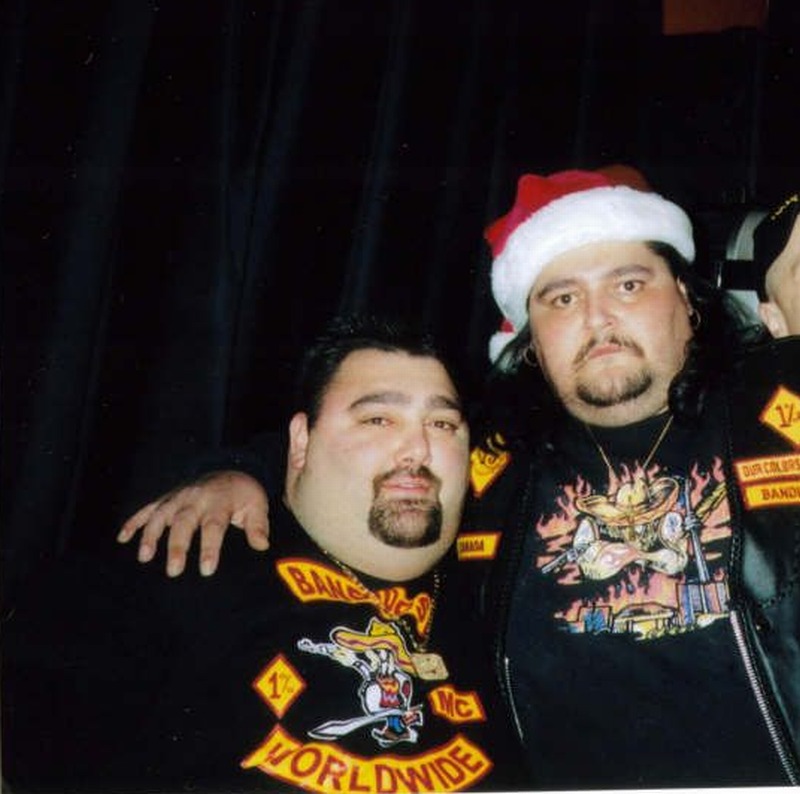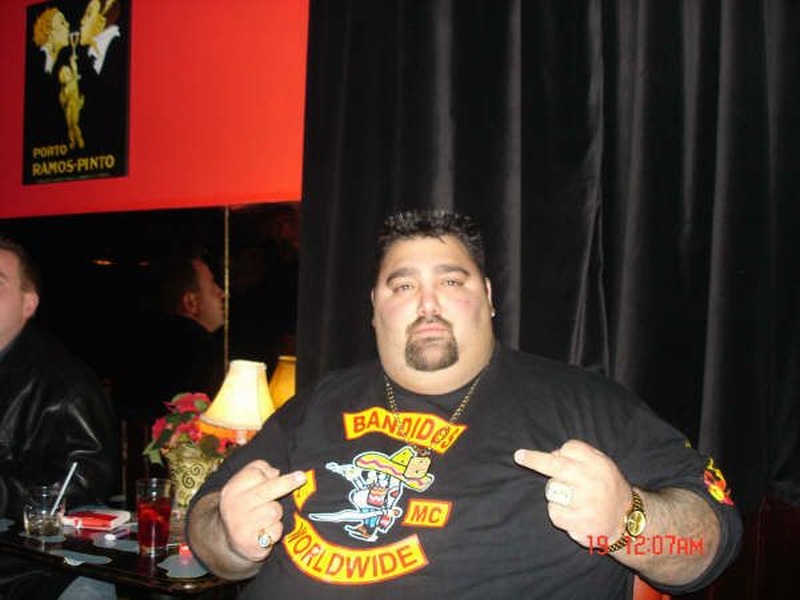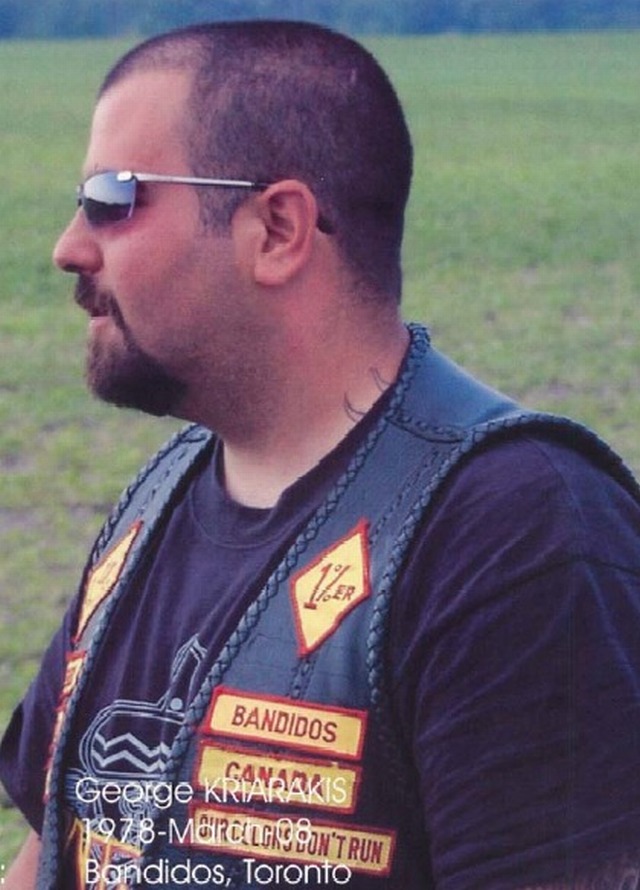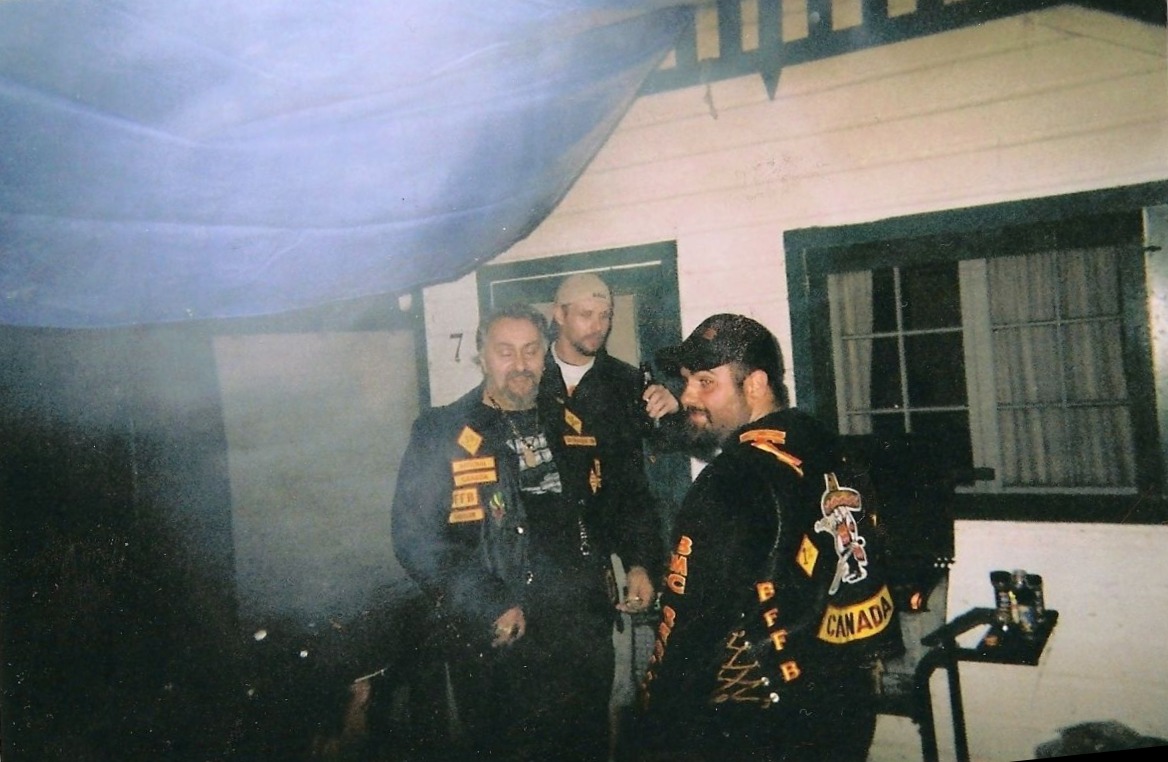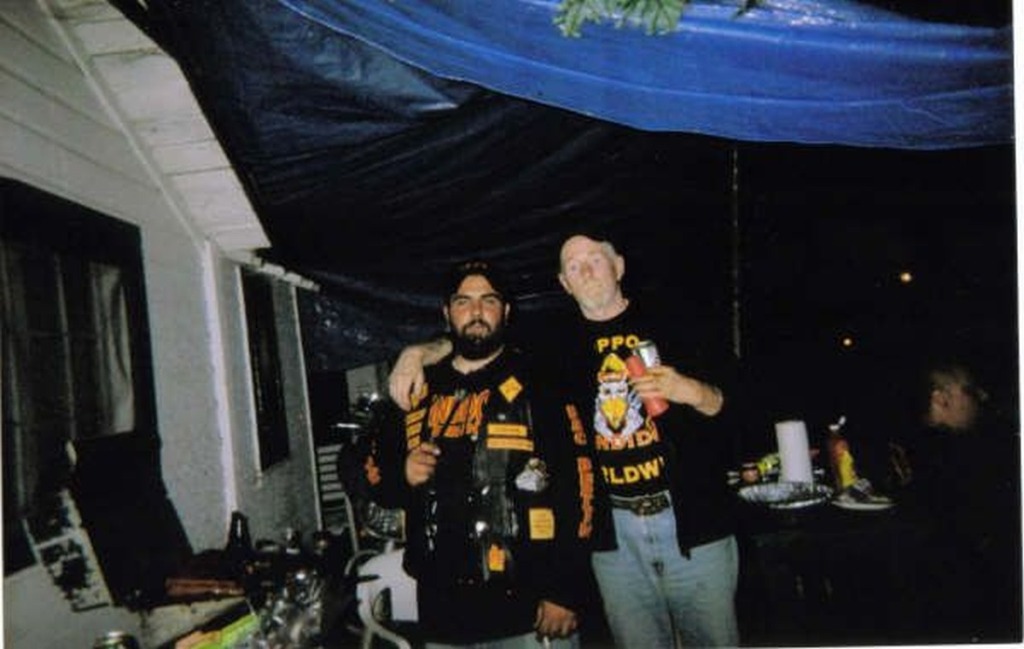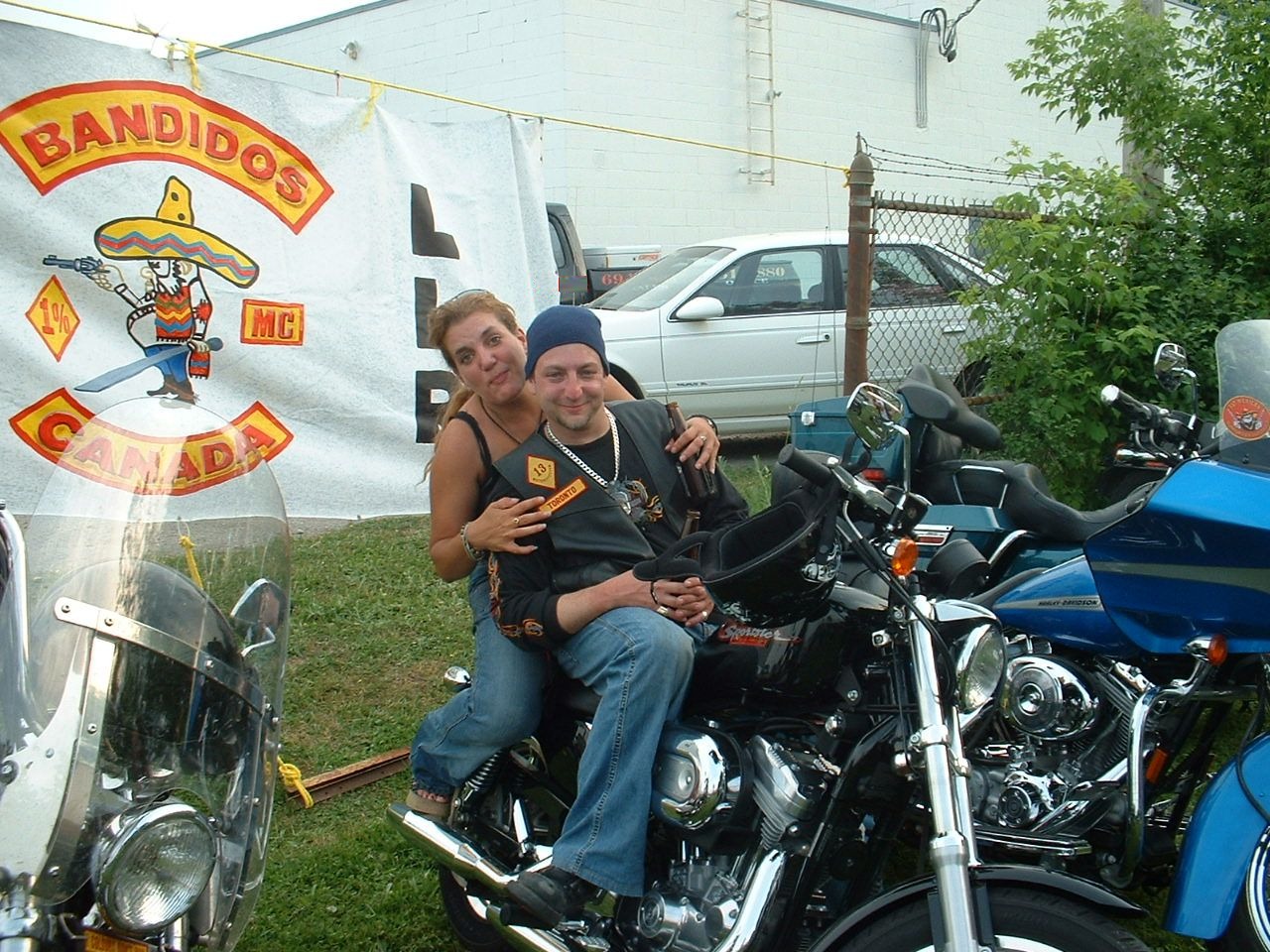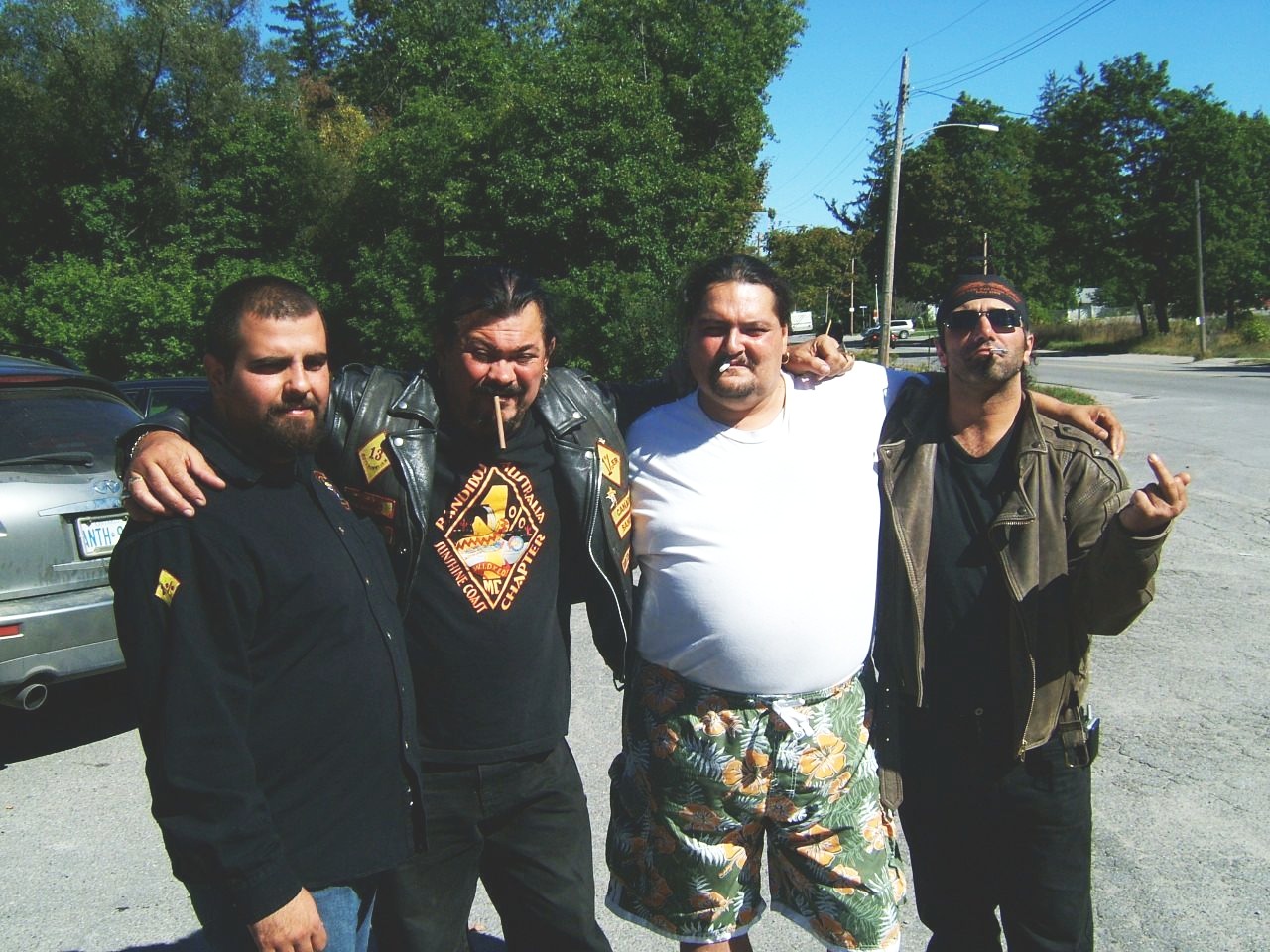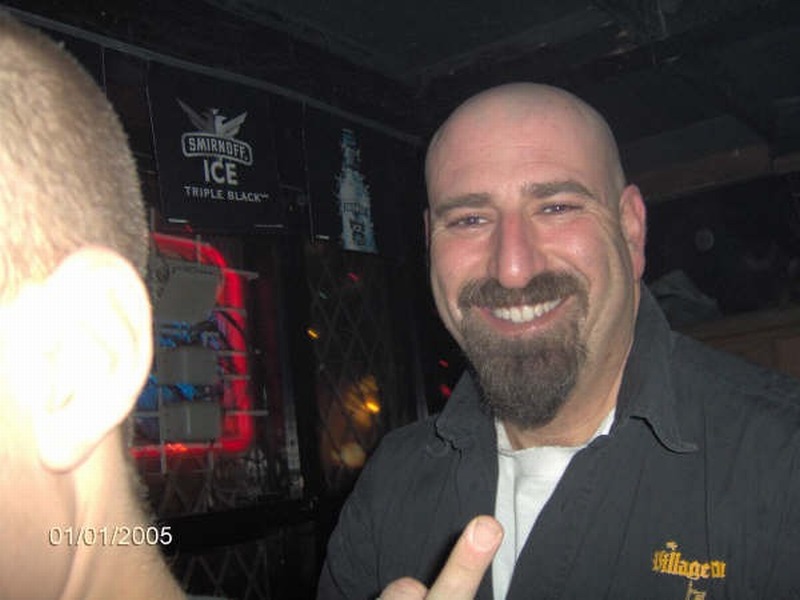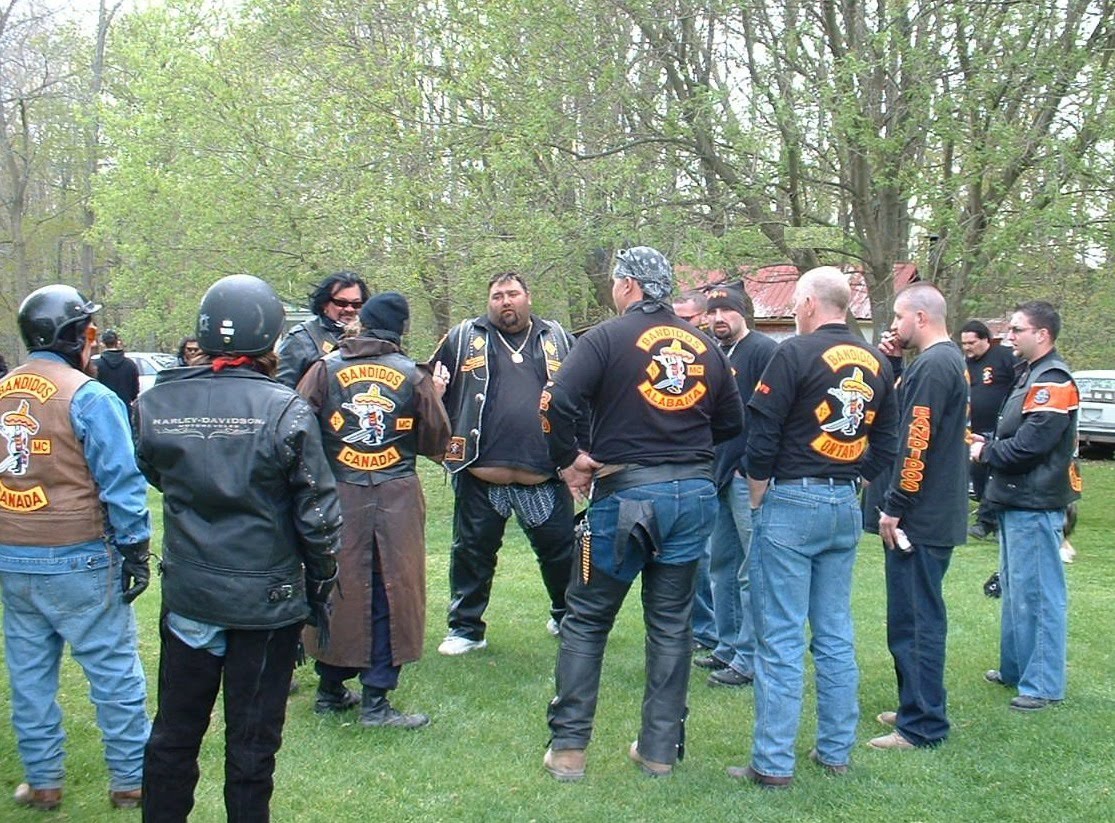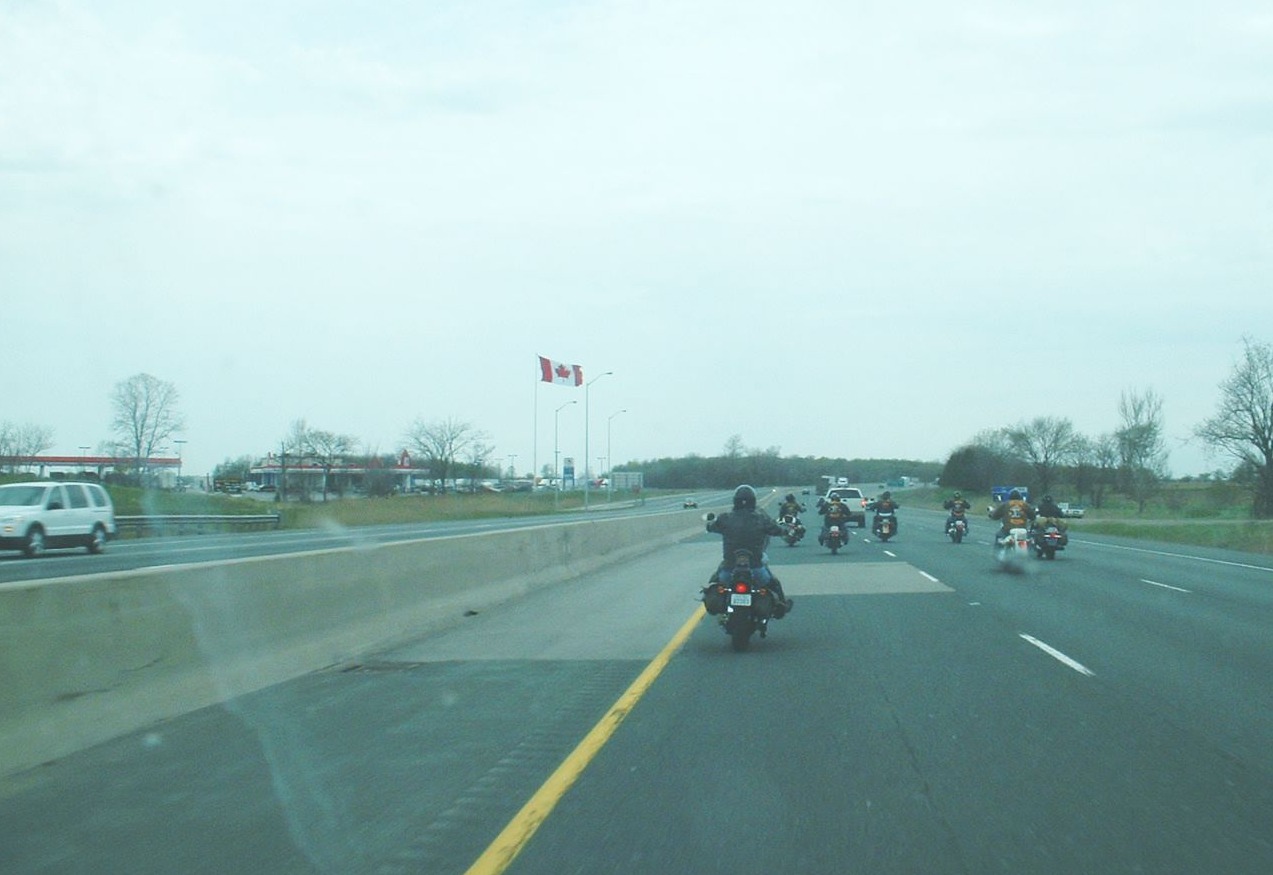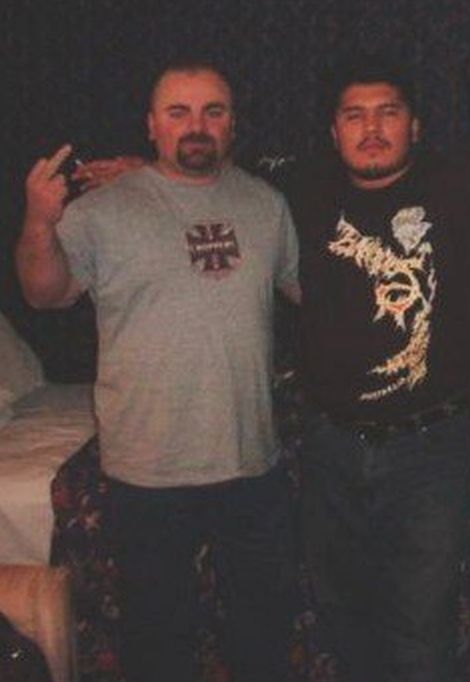skip to main |
skip to sidebar
MASSACRE A DRUG RIPOFF
The night started with the transfer of $400,000 worth of cocaine to Wayne Kellestine's farmhouse and it ended with Ontario's largest mass murder.
Hours before Ontario's largest mass murder, Durham Region police officers followed three of eight Bandidos from the Toronto area to a southwestern Ontario farmhouse belonging to the man now charged with killing them, sources have told the Toronto Star.
Suspecting a major drug deal could be in the works, investigators tailed the trio west along Highway 401. But they were unaware the men were transporting a cargo of 200 kilograms of cocaine that night to fellow Bandido Wayne ( Weiner ) Kellestine's London-area farm, law enforcement sources say.
After watching the three men enter the farmhouse, the officers left, assuming the bikers were there for a party, the source said.
What transpired was a deadly drug ripoff that left the three Bandidos shot dead, their bodies stuffed into cars that were driven into a field. It's believed five other Bandidos arrived separately later that night, only to be systematically killed and their bodies similarly disposed of.
It's unclear whether the ripoff of $400,000 worth of cocaine was planned. It's believed the killings were going to be justified to fellow bikers as punishment for refusing to participate in a national "run," an outlaw motorcycle tradition involving members riding in formation according to club hierarchy.
Four others, including a woman, were each charged with eight counts of first-degree murder. They were to appear in a St. Thomas courtroom today.
More details, meanwhile, are emerging about Kellestine, who relished playing the role of a dangerous man.
The 56-year-old loved to pose in front of his collection of Nazi memorabilia in his rundown farmhouse, near Dutton, about a 20-minute drive from where police discovered the bodies of eight Toronto-area members of the Bandidos motorcycle gang on the weekend.
"His reputation is being an absolute renegade," said someone from the area who knows him well. "A dangerous, dangerous guy. He's always had that reputation."
Michael Simmons, who worked undercover for the Mounties and the OPP against motorcycle gangs 15 years ago, said he purchased cocaine and guns from Kellestine on several occasions and that his work helped put away 18 bikers, including his own brother, Andrew "Teach" Simmons -- onetime president of the Outlaws.
"I witnessed him shoot his girlfriend in the back with an air pistol just for a joke," said Simmons, who entered the witness protection program in 1992. "He pointed a .45-calibre at my big toe and asked me if I could blow it off, when I was trying to buy some cocaine off him."
On another occasion, Simmons said he witnessed Kellestine "come flying down the stairs" in a combat arctic suit, armed with an Uzi, after a motion detector was set off on his rural property during a party.
"There was a big party and he freaked out, went upstairs, and he was down and ready for full combat, and that scared the s--- out of me," Simmons recalled.
Before Kellestine was sentenced to two years in prison in 2000 for weapons offences and running a marijuana operation, the court was shown photos of him posing with his personal arsenal, which included machine guns and Luger pistols like those the Nazis used.
"He always had lots and lots and lots of guns," the person who knows him well said. "He had quite an arsenal of guns."
Kellestine loved to dress the part of a dirty biker, with lots of leather. But in court, he tried to dress like former New York City mobster John ( the Dapper Don ) Gotti.
"He always wore a three-piece suit to court," said the person who knows him well. "When he came to court, he presented himself as a professional gangster."
Kellestine was president of his own local bike gang, the Annihilators, which evolved into the Loners and was affiliated with Toronto-area Loners.
That group eventually evolved into the Bandidos, and Kellestine remained a member.
While considered a dangerous force in southwestern Ontario, he wasn't on the level of those in bigger bike gangs such as the Outlaws and Hells Angels, the person who knows him well said.
"He was never in with them," the person said. "He stuck with his own crowd. ... He's always been a renegade kind of guy."
Billy Miller, who was once part of the Loners with Kellestine, went on to become president of the London Hells Angels.
Kellestine's houseguest, Frank Mather, 32, is a far different man. He has a lengthy criminal record that includes eight break-and-enters but no violence. He served a three-year term in prison in his native New Brunswick and was on parole for possession of break-and-enter tools when arrested while trying to steal a truck.
He has never been a biker, and his consistent record of arrest suggests he would be a liability to any organized-crime group.
"He'd be a follower, not a leader," said someone from the area who knows him.
He did land a six-month sentence in 2002 for growing marijuana near London, and was convicted again in 2005 for possession of break-and-enter tools.
The person who knows Mather's criminal activity well said he can't see him taking the lead in any kind of organized-crime hit.
"It's not his play," the person said. "Frank Mather is no biker."
Guy Ouellette, a retired Quebec Provincial Police biker expert, said the Bandidos were irritating for the Hells Angels in southwestern Ontario.
He said it's too easy to pronounce the Bandidos dead, even though they have only a dozen members in Toronto -- who meet in a Parkdale social club -- and five members in Manitoba with a puppet club called Los Montoneros.

